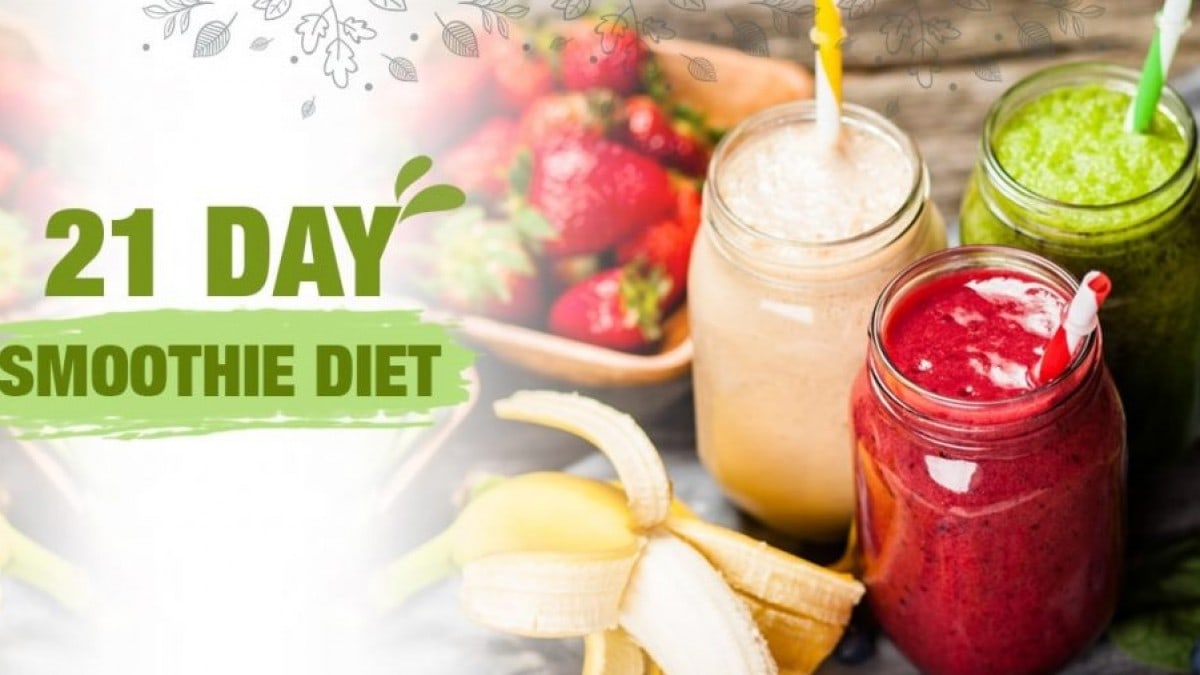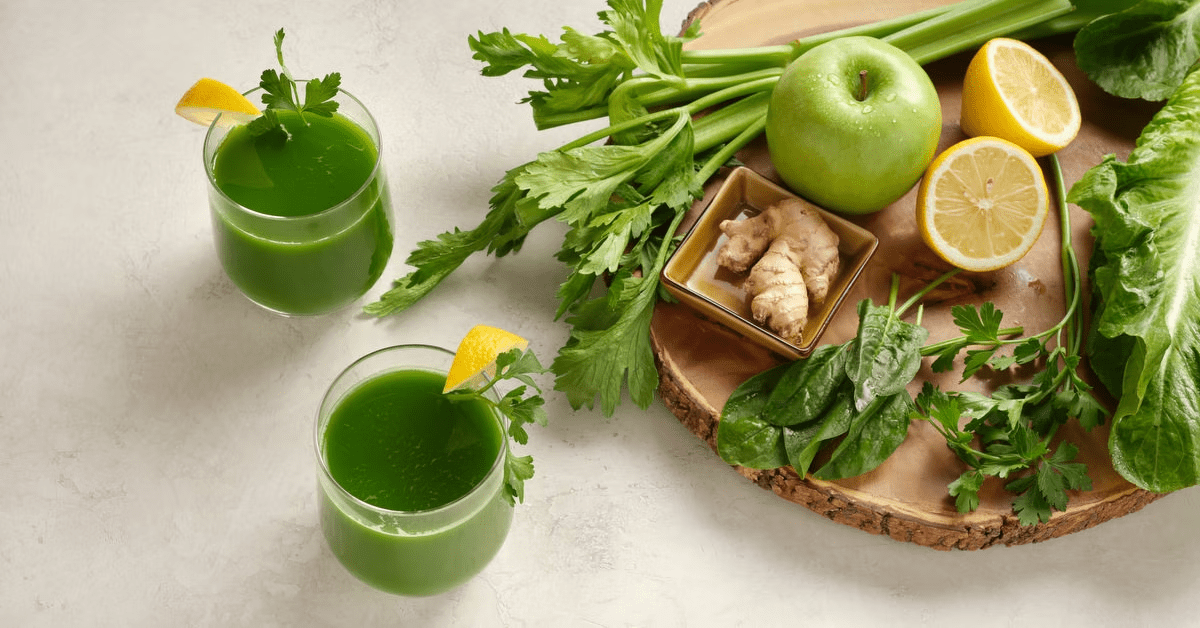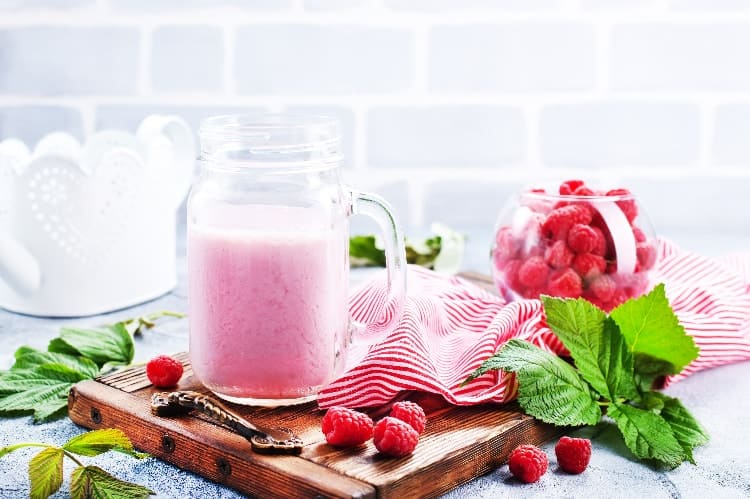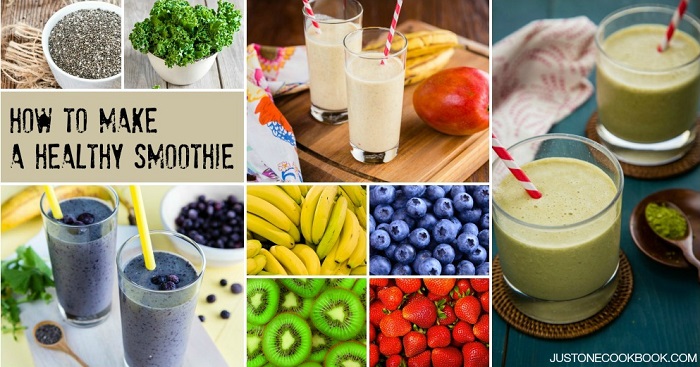Smoothies have gained immense popularity over the past decade, especially among fitness enthusiasts and health-conscious individuals. They are quick, easy, and packed with essential nutrients, making them an ideal meal replacement option for busy people. Smoothies also make a great addition to weight loss diets, as they can help curb hunger, boost metabolism, and provide essential nutrients that the body needs. However, not all smoothies are created equal, and if you’re not careful, your smoothie can become a calorie-laden, sugar-packed dessert. This article will discuss the top mistakes to avoid when making weight loss smoothies.
Not Paying Attention to Portion Sizes
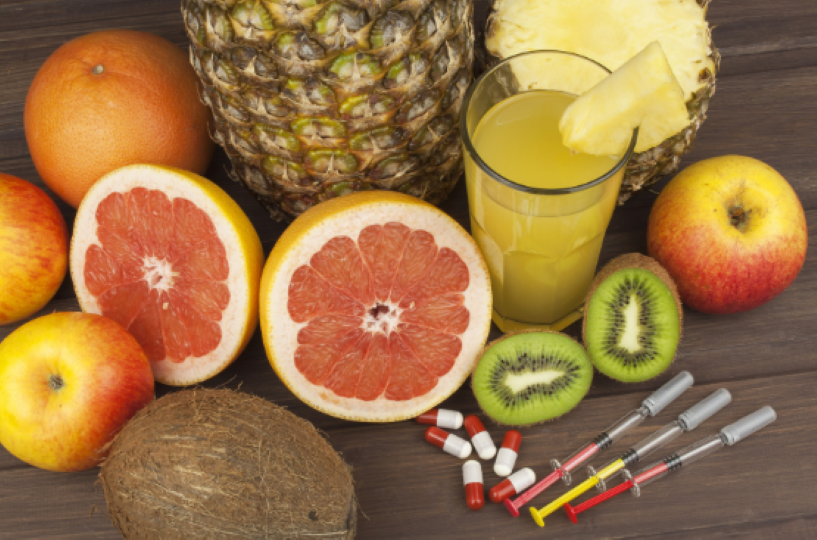
One of the biggest mistakes people make when making smoothies is not paying attention to the portion sizes. Smoothies are a concentrated source of nutrients, which means they can also be high in calories. Using measuring cups or a kitchen scale is essential to ensure you’re not adding more ingredients than you need. A good rule of thumb is to stick to one serving of fruit, one serving of vegetables, and one serving of protein. If you’re adding sweeteners or healthy fats, use them in moderation.
Using Too Many High-Calorie Ingredients
Another common mistake people make when making smoothies is using too many high-calorie ingredients. Ingredients like bananas, dates, honey, and nut butter can quickly add up the calories, and if you’re not careful, your smoothie can end up being a sugar-laden dessert. It’s important to use these ingredients in moderation, and if you’re trying to lose weight, it’s best to avoid them altogether. Instead, choose low-calorie ingredients like berries, spinach, cucumber, and low-fat yogurt.
Not Including Enough Protein
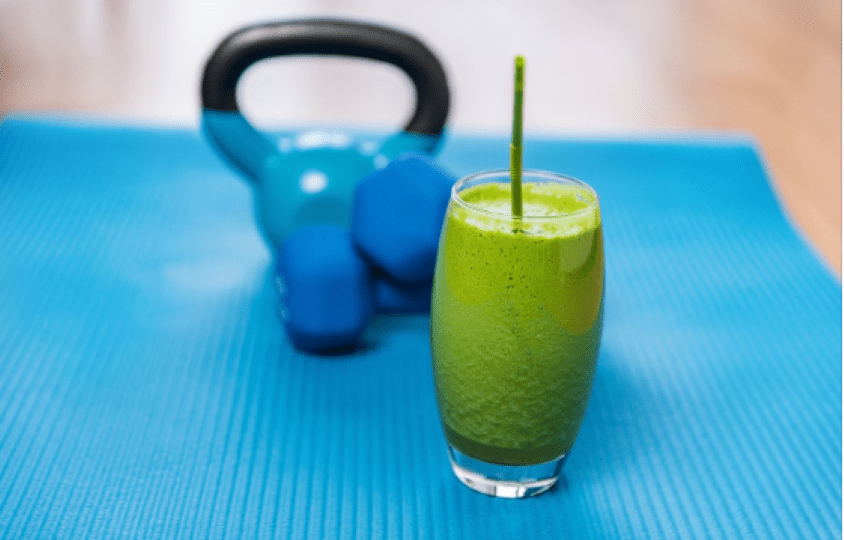
Protein is an essential nutrient when it comes to weight loss. It can help curb hunger, boost metabolism, and promote muscle growth. However, many people don’t include enough protein in their smoothies, leading to cravings and overeating later. It’s essential to include a source of protein in your smoothie, such as Greek yogurt, tofu, or protein powder. Aim for at least 10-20 grams of protein per serving.
Using Fruit Juice Instead of Whole Fruit
Fruit juice is often marketed as a healthy drink, but it’s high in sugar and calories. When making smoothies, it’s best to use whole fruits instead of fruit juice. Whole fruits contain fiber, which can help regulate blood sugar levels and keep you full longer. If you prefer to juice in your smoothie, use a small amount and opt for unsweetened varieties.
Using Sweetened Yogurt
Yogurt is an excellent source of protein and probiotics, which can aid digestion and boost immunity. However, many people make the mistake of using sweetened yogurt in their smoothies. Sweetened yogurt contains added sugars, which can quickly add up the calories. It’s best to use plain Greek yogurt or low-fat cottage cheese, which are low in calories and high in protein.
Adding Too Much Liquid
Another common mistake people make when making smoothies is adding too much liquid. This can lead to a thin, watery smoothie not filling enough. It’s important to use the right amount of liquid, depending on your ingredients. For example, if you’re using frozen fruits, you may need to add more liquid to achieve a smooth consistency. However, you may not need to add much liquid if you’re using fresh fruits and vegetables.
Not Including Healthy Fats
Healthy fats are essential for the body, as they can help regulate hormones, reduce inflammation, and promote weight loss. However, many people avoid fats when making smoothies, which can be a mistake. Healthy fats like avocado, nuts, and seeds can help keep you full for longer and provide essential nutrients. It’s essential to include a source of healthy fats in your smoothie, but be careful not to go overboard, as they are high in calories.
Conclusion
In conclusion, if made correctly, smoothies can be an excellent addition to a weight-loss diet. Avoiding these common mistakes can help create a nutritious and delicious smoothie that’s low in calories and essential nutrients. Pay attention to portion sizes, use low-calorie ingredients, including protein and healthy fats, and vary your ingredients to keep things interesting. With these tips, you can enjoy a healthy and satisfying smoothie supporting your weight loss goals.

